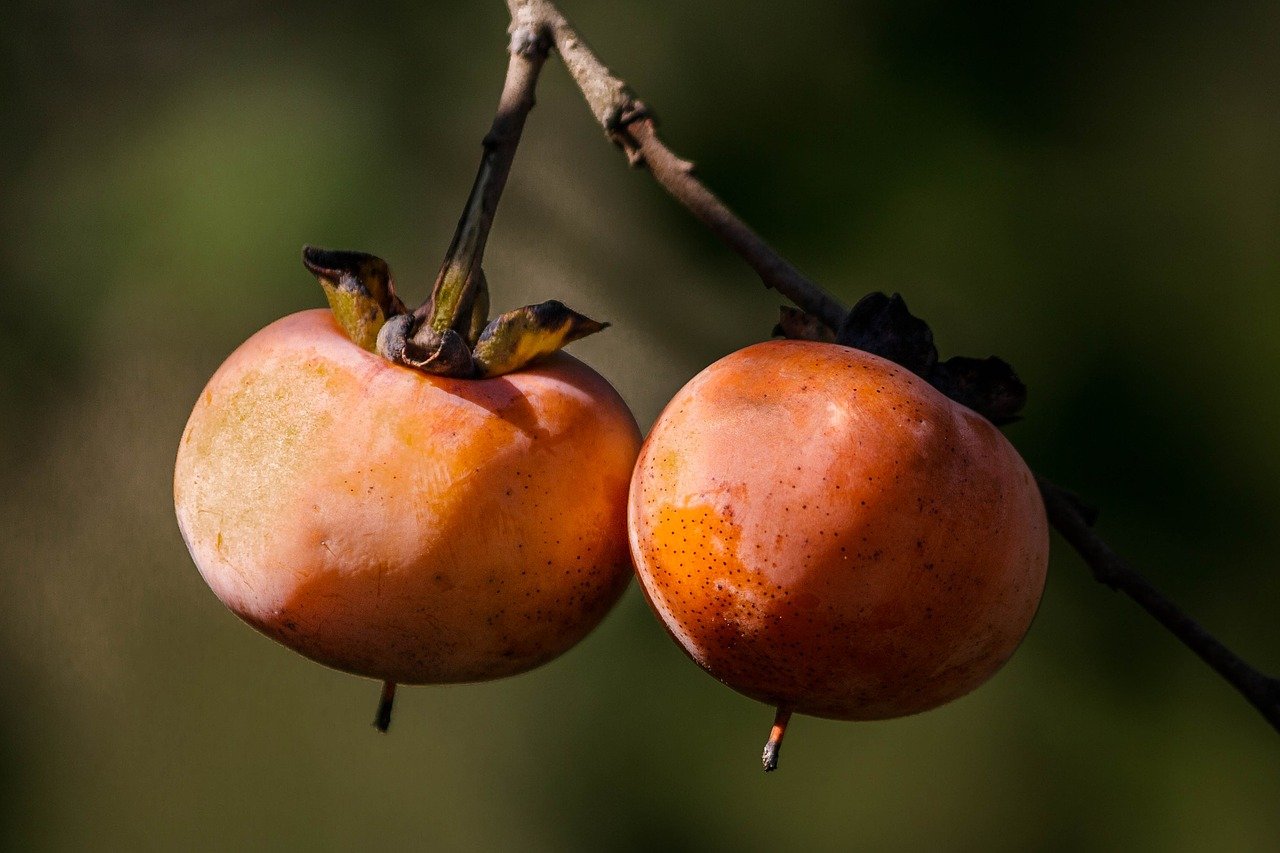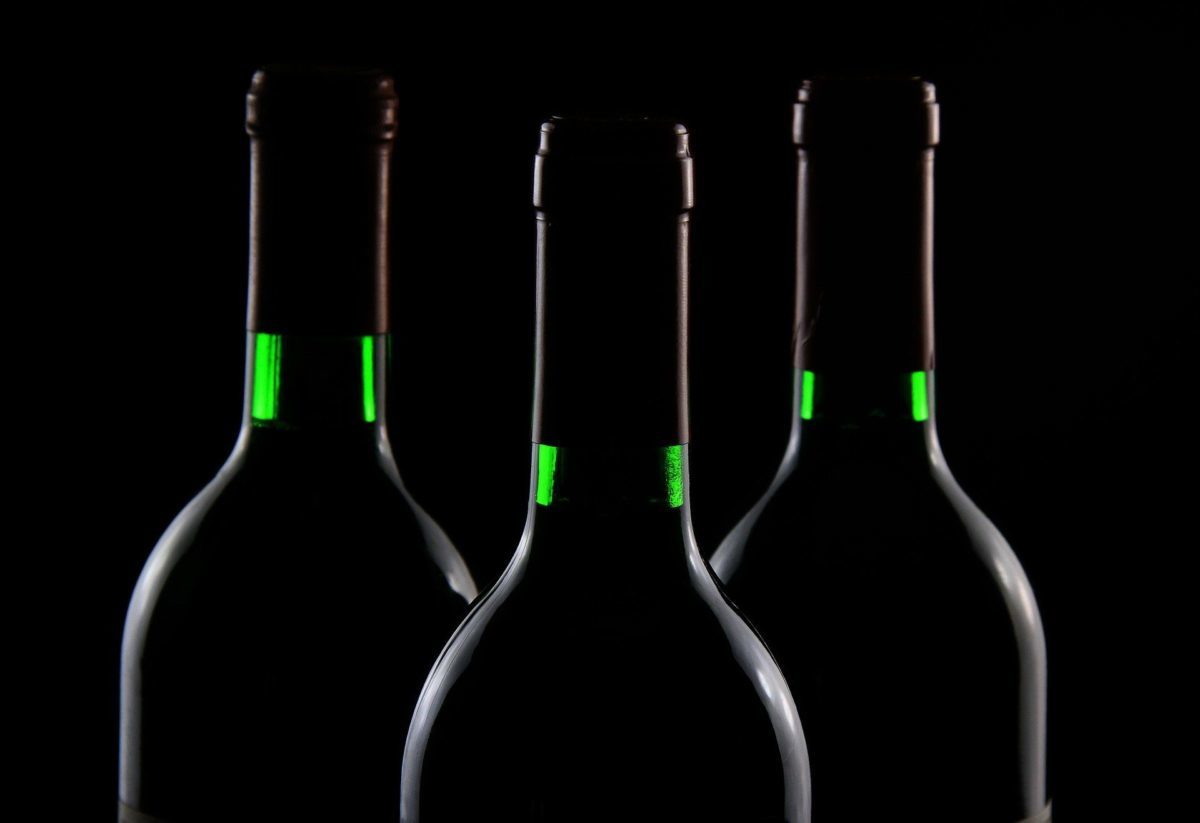There is persimmon flour! You are probably wondering how this can come out of a fruit. Do not worry because below we explain the finding of the university researchers. What benefits does it bring? How can we take advantage of it? Learn how the circular economy.
Why persimmon flour?
La persimmon flour solves various problems at once. This time we are not dealing with one more product with different health benefits. This is a clear example of the triumph of the circular economy. To do this, we will begin to enter into the matter trying to understand the context of persimmon in Spain.
They are small orange fruits that come from remote places in Asia such as China, Japan or the Himalayas in northern India. Its growing popularity in Spain caused both consumption and production to skyrocket in this country. Thus, cultivated hectares they multiplied exponentially since the beginning of this century. In fact, today Spain is the second largest producer after China. Its biggest customers are countries of the European Union.

The problem and the solution
Squeeze persimmons to make juice always leads to waste being produced. Until now the skin and pulp were a real problem. This is because they ferment and companies must implement a large logistical deployment to transport them. Because, as if that weren't enough, this fermentation supposes costs of waste management very high. Well, this situation can be in the past. A group of researchers from the Miguel Hernández University en Elche has found the solution.
This comes in the form of persimmon flour, made from the pulp and shell crushed. With it, a new ingredient becomes part of the food sector. And what a new ingredient! It is rich in carotenos, like carrot, which benefits vision. It also contains polyphenols, antioxidants with anticancer effects. In addition, different studies have shown that the regular consumption of this fruit helps prevent cardiovascular diseases.
As well as to decrease the cholesterol in the blood and keep the stable glucose levels. Of course, it will be necessary to check if the persimmon flour offers the same benefits. Researchers have so far successfully incorporated it into pasta and pâté. This is just one example of the many possibilities offered by the circular economy to take advantage of what was until now a residue. An interesting alternative in which fuel shortages and supply problems threaten us. What do you think?






